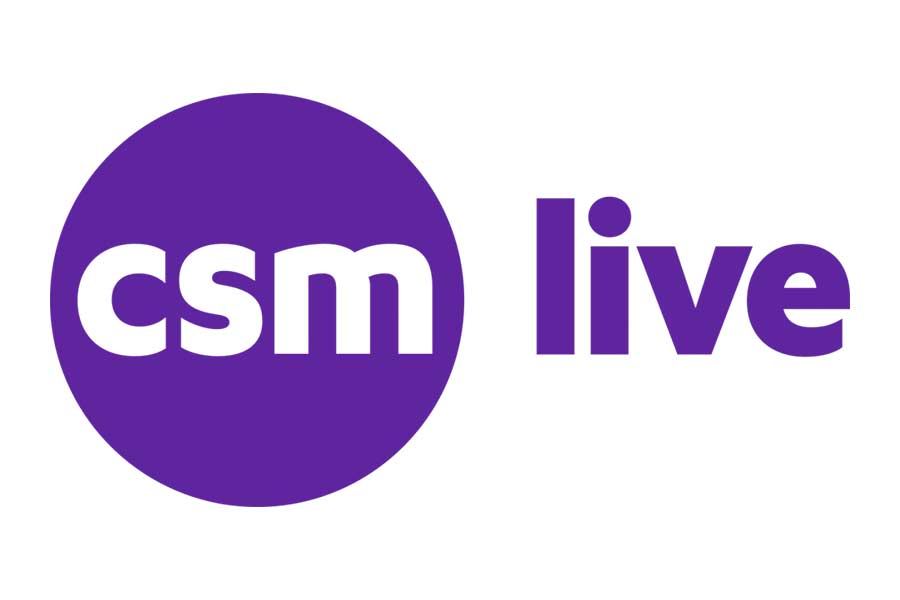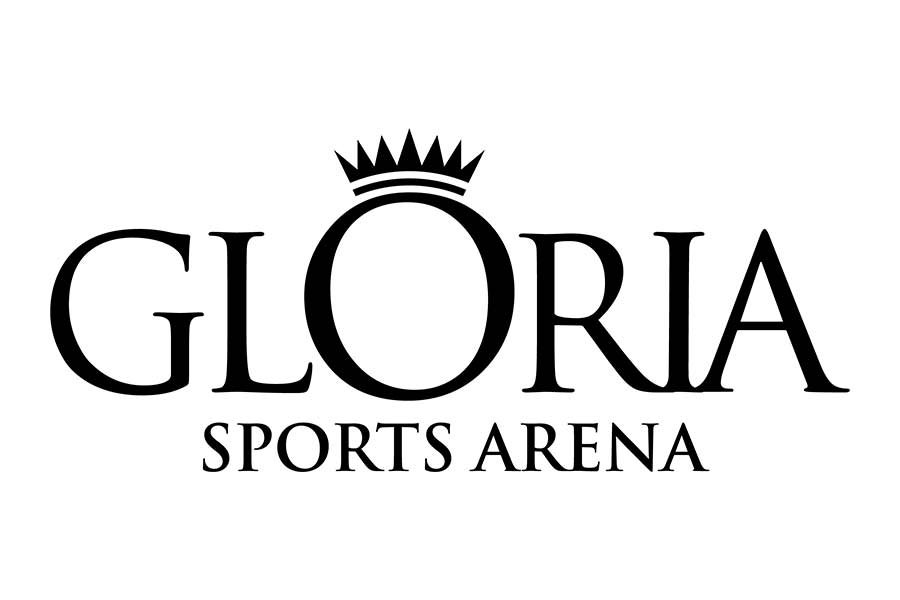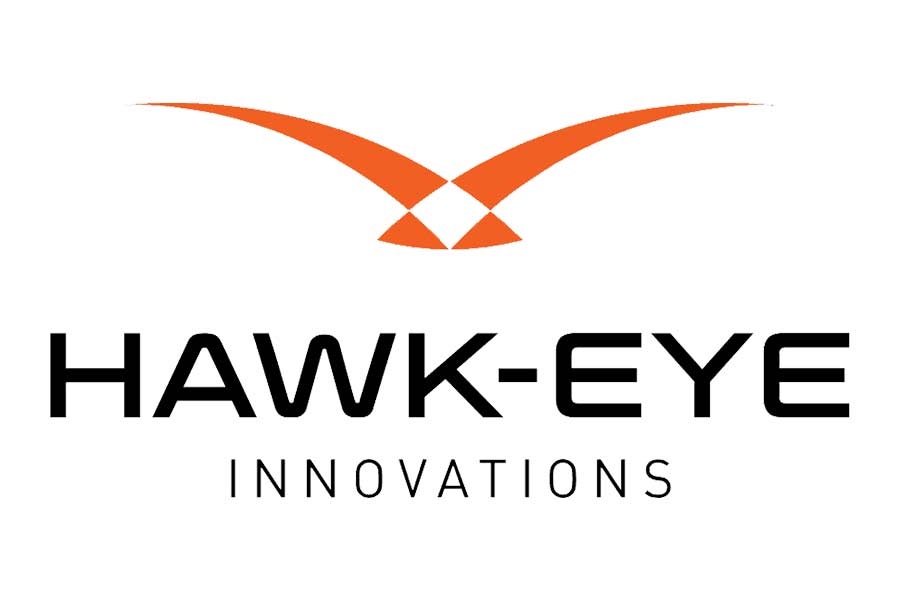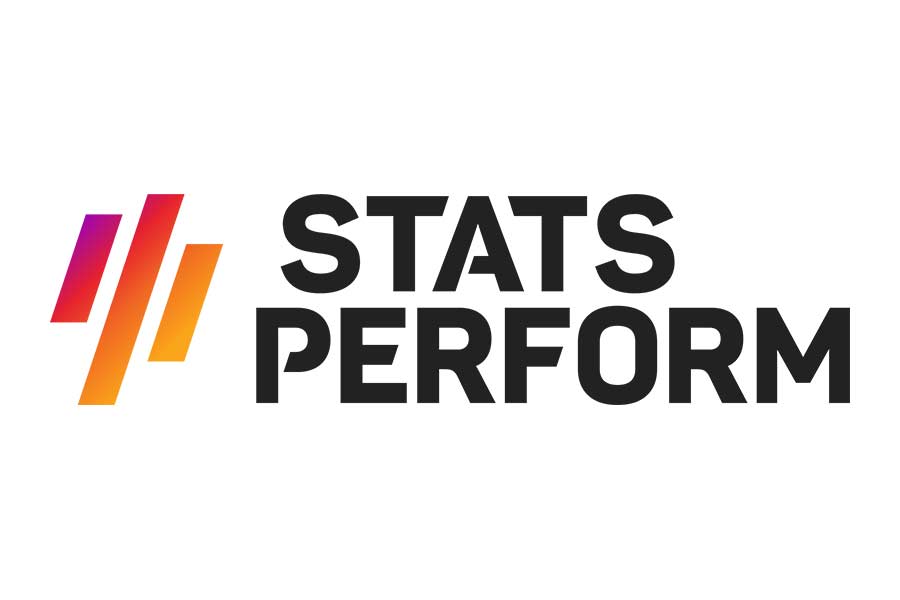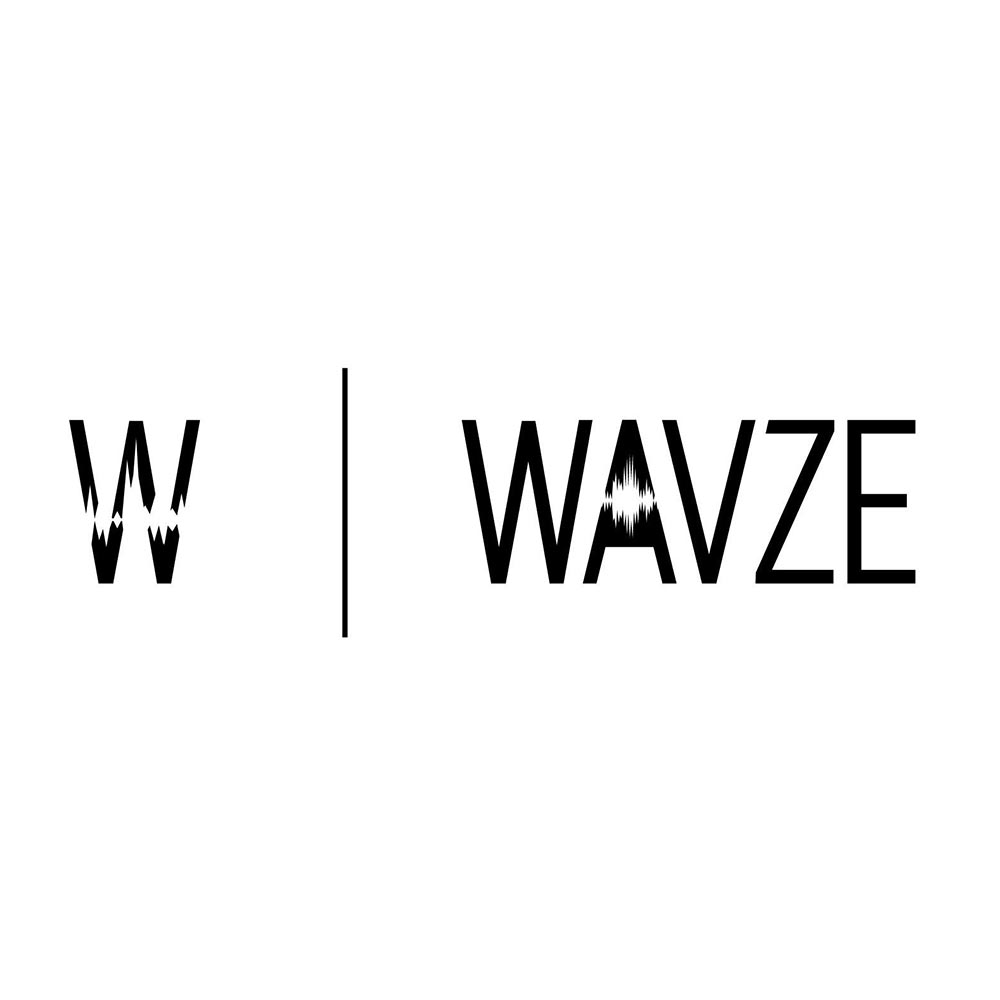ISC Women in Sport Roundtable
The Marketplace
What’s missing from the fundamentals in women’s sport & key opportunities
- The market is fragmented but there is still no ‘go-to’ destination for fixtures, team news, scores etc.
- Example of WTA who have been ahead of the curve for women’s sport, but have always lagged behind men’s tennis and the ATP.
- Massive opportunities for platforms to aggregate women’s sport and improve SEO/coding so that search results give women’s sport result rather than only ever seeing men’s sport result.
- Sentiment that women’s sport will only ever be seen or treated as equal once female athletes are competing alongside male athletes.
- There is parity in terms of coverage and data available around women’s sport but also need to acknowledge the uniqueness of women’s sport and leverage that to help grow it.
- Celebrate our differences but recognise when we can bridge the gap between women and men’s sport
- Until sport is seen at an equal sense at the base of the pyramid, it won’t filter up to the top of the pyramid at the elite level.
- We need to be able to give young girls more choice around sport participation early in their lives such as at school or encouraging extra-curricular participation in other leagues
Money into Women’s Sport
How the market is moving — Where rights holders are investing or how broadcasters are doing more in women’s sport
- Girls can now see themselves on TV and broadcasters should feel a sense of responsibility to show more opportunity for young girls and athletes. They are able to share and tell those stories around women athletes.
- Separating TV guides and search results to be able to recall the correct information around women’s sport.
- Governing bodies are slow to paying attention to how the women’s game is represented globally but there is progress happening. Time for Rights Holders to be bold and push their women’s programmes forward – can’t solely rely on media coverage to do the work for them.
- Some women’s finals are getting bigger audiences than mens’ finals i.e. Women’s Euro 22 on BBC, US & AUS Open in tennis
- When these events are available, people are interested.
Importance of commercials and how we get brands to realise the potential and value of women’s sport. What are the best ways of achieving this? Why brands may latch onto talent or campaigns around big women’s sporting events & the importance of alignment with the right partners.
- Brands see value in women’s audience and want to align with them. Growing the understanding that women are a huge commercial market for many brands because they are the key decision makers for household buying.
- Awareness, behaviour change and participation is key for brands getting involved — they want to be able to access where they can benefit the market but also help to influence behaviour change.
- Brands now care about where they put budget. There is so many options they could invest in but a lot of brands are now questioning the core audience they can reach and who is best positioned to tell that story for them to align with.
- People connect with stories and even through peaks and troughs of ‘on-field success’ brands can find ways to tell those stories through women’s sport.
- Brands can show they are committed to driving change by the kinds of sport they align with and defining who their target audience is.
- How brands and rights holders communicate why they are working together should be thoughtful and with intent. Demonstrating needs and evaluating potential reasons why brands latch onto sport or choose a particular sport or athlete is key to building an authentic and purposeful alignment to women’s sport.
Audience & Broadcast
Digital strategies that rights holders are deploying to drive audience growth? Should short form content be prioritised?
- Is this the time to be brave and look at women’s sport and be ahead of the curve, unlocking those that aren’t ‘avid women’s sport fans’ and use this as a strategy to revamp how people engage with women’s sport in slightly different ways.
Additional Takeaways from the Round Table
- As a whole decisions within the industry are dictated by men which, on many occasions, have been unfavourable for women.
- Interesting dynamic that women have between choosing family and choosing career. Some choices are still condemned even though women should feel empowered by making a choice based on what’s best for their personal circumstances.


